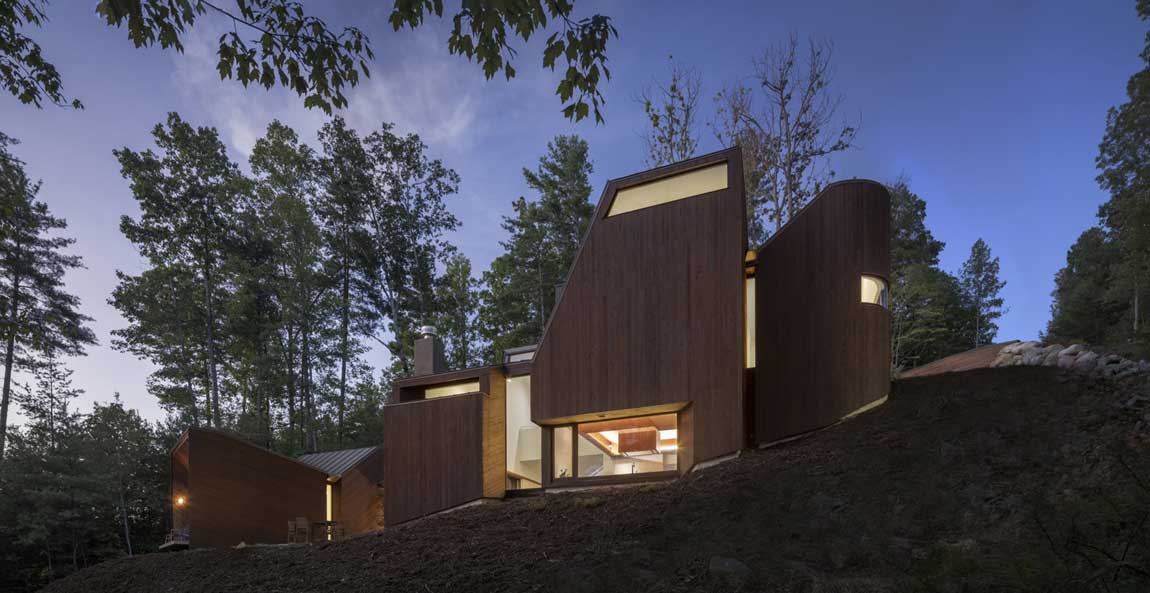Dwelling in the realm of residential design, we often marvel at the brilliance of flat roofs. They bring an essence of modernity, grace, and practicality that is tough to rival. However, as enchanting as this architectural concept may be, it’s not without its fair share of potential missteps. This journey into the art of residential flat roof design promises to illuminate the path, helping you avoid those common errors that could hamper the harmony of your home.


Understanding the Importance of Material Selection in Residential Flat Roof Design
When embarking on the road to crafting your residential flat roof design, your first step should be selecting the perfect materials. This is not merely a choice of aesthetics or budget but a harmonious blend of both. Ignoring this crucial aspect may lead to premature wear and tear or ineffective insulation.
The materials you choose need to resonate with the climate of your locale. For instance, rubber or EPDM roofs are lauded for their durability and water resistance, making them ideal for areas prone to heavy rainfall. Be aware of the nature’s canvas where your house stands and make it an ally, not an adversary.
Energy efficiency is another factor where the choice of roofing materials plays a significant role. Lighter shades can reflect the sun’s heat away from the house, leading to cooler interiors in hot climates. Thus, the wisdom of material selection can transform your residential flat roof design into an eco-friendly haven.
Finally, when selecting materials, consult with experienced professionals. They possess the knowledge to advise you on the optimal choices based on your specific requirements. Mistakes in material selection can have costly repercussions, so it’s wise to seek professional guidance.

Implementing Proper Drainage Systems in Your Residential Flat Roof Design
A flat roof, by its very nature, presents unique challenges when it comes to drainage. Water accumulation is a common problem, often leading to structural damage. Therefore, creating an efficient drainage system is pivotal to avoid this widespread mistake in residential flat roof design.
Incorporating a slight pitch in the design, usually at least 1/4 inch per foot, can guide the water towards the drains. This subtle tilt, invisible to the untrained eye, can work wonders for your roof’s longevity.
Similarly, regular cleaning and maintenance of the drainage system is another vital aspect. Leaves, debris, or even snow can block the drains, causing water to pool. Regular inspections can help you stay one step ahead of potential drainage issues.
Lastly, always keep in mind the role of your landscape in supporting your drainage system. A well-designed landscape can guide water away from your home’s foundation, preventing potential water damage. The artistic vision of your flat roof design must intertwine seamlessly with the practical aspects of home maintenance.

Incorporating Insulation and Ventilation in Residential Flat Roof Design
Insulation is the silent hero of any residential flat roof design, acting as a barrier between your home and the outside elements. Ignoring proper insulation can result in energy inefficiencies and uncomfortable indoor temperatures.
Modern insulation materials like Polyisocyanurate (Polyiso) are excellent choices due to their high R-value and fire resistance. Thus, selecting high-quality insulation material is a vital step in creating a comfortable, energy-efficient home.
Ventilation, on the other hand, is just as important as insulation. It prevents the buildup of condensation, which can lead to mould growth and wood rot. Incorporating adequate ventilation in your flat roof design can protect the integrity of your roof structure and maintain a healthy indoor environment.
Both insulation and ventilation need to be thoughtfully integrated into your flat roof design from the get-go. A hasty or ill-considered approach can lead to poor performance and higher energy bills, two blunders that can easily be avoided with careful planning.

Balancing Functionality and Aesthetics in Your Residential Flat Roof Design
As you navigate the nuances of residential flat roof design, the balance between functionality and aesthetics becomes a delicate dance. Overemphasis on one can disrupt the equilibrium, leading to a design that either lacks charm or fails in its purpose.
Consider the balance like an artist would look at a canvas, where every element has a place and a purpose. The colour, texture, and style of your flat roof should complement the overall aesthetic of your home, while the materials, drainage, insulation, and ventilation uphold its functionality.
Think of design elements that can add an extra touch to your roof. Perhaps, a rooftop garden or a deck? These can bring a unique aesthetic appeal while also providing a valuable living space. Here is where creativity meets utility in your residential flat roof design.
Ultimately, creating a residential flat roof design that flawlessly marries beauty and function requires careful planning, a touch of innovation, and a keen eye for detail. It is indeed an art as much as it is a science, and when done right, it can transform your dwelling into a masterpiece.

Conclusion
In the grand tapestry of residential flat roof design, there are threads of common errors that may seem minor but can tangle the entire fabric if overlooked. By understanding the intricacies of material selection, implementing proper drainage systems, incorporating effective insulation and ventilation, and balancing aesthetics with functionality, you can avoid these common pitfalls. So take the brush of knowledge that this guide offers and paint your residential flat roof design with the colours of success. Remember, every home tells a story, let yours narrate a tale of flawless design.






